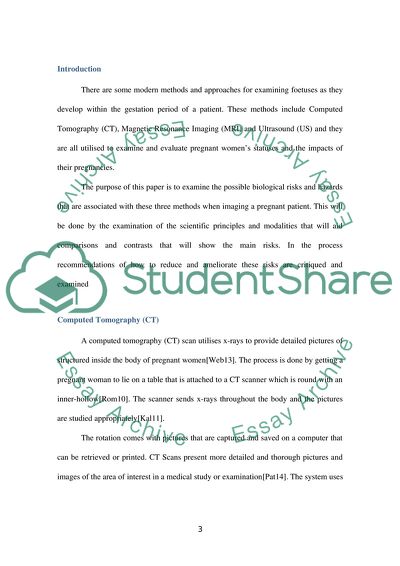Cite this document
(“Compare and contrast the possible biological risks and hazards when Essay - 1”, n.d.)
Retrieved from https://studentshare.org/health-sciences-medicine/1672765-compare-and-contrast-the-possible-biological-risks-and-hazards-when-using-computed-tomography-ct-magnetic-resonance-imaging-mri-and-ultrasound-us-when-imaging-a-pregnant-patient
Retrieved from https://studentshare.org/health-sciences-medicine/1672765-compare-and-contrast-the-possible-biological-risks-and-hazards-when-using-computed-tomography-ct-magnetic-resonance-imaging-mri-and-ultrasound-us-when-imaging-a-pregnant-patient
(Compare and Contrast the Possible Biological Risks and Hazards When Essay - 1)
https://studentshare.org/health-sciences-medicine/1672765-compare-and-contrast-the-possible-biological-risks-and-hazards-when-using-computed-tomography-ct-magnetic-resonance-imaging-mri-and-ultrasound-us-when-imaging-a-pregnant-patient.
https://studentshare.org/health-sciences-medicine/1672765-compare-and-contrast-the-possible-biological-risks-and-hazards-when-using-computed-tomography-ct-magnetic-resonance-imaging-mri-and-ultrasound-us-when-imaging-a-pregnant-patient.
“Compare and Contrast the Possible Biological Risks and Hazards When Essay - 1”, n.d. https://studentshare.org/health-sciences-medicine/1672765-compare-and-contrast-the-possible-biological-risks-and-hazards-when-using-computed-tomography-ct-magnetic-resonance-imaging-mri-and-ultrasound-us-when-imaging-a-pregnant-patient.


